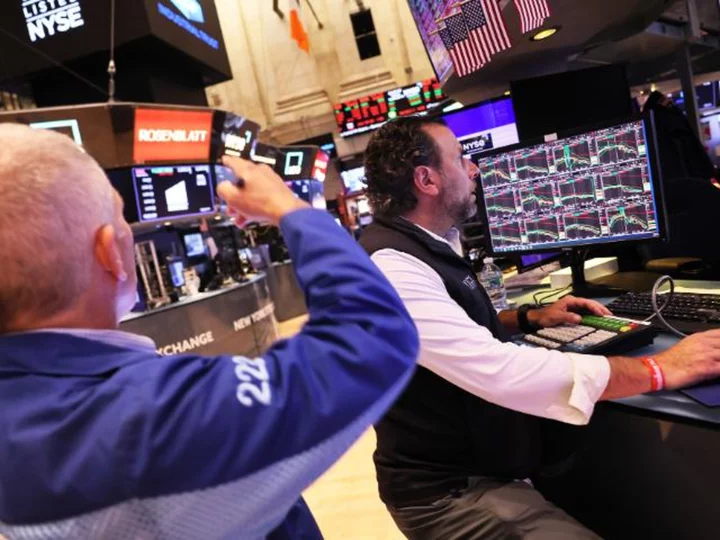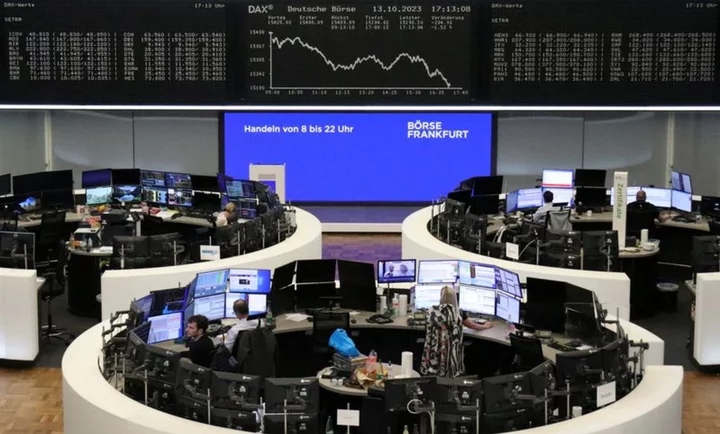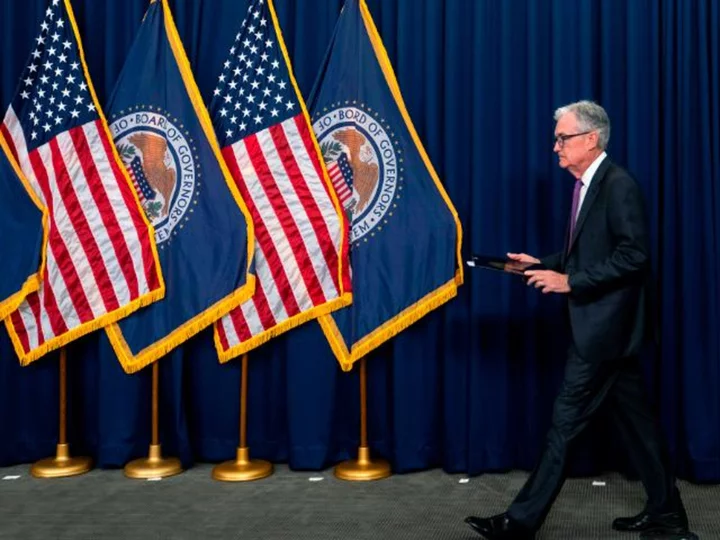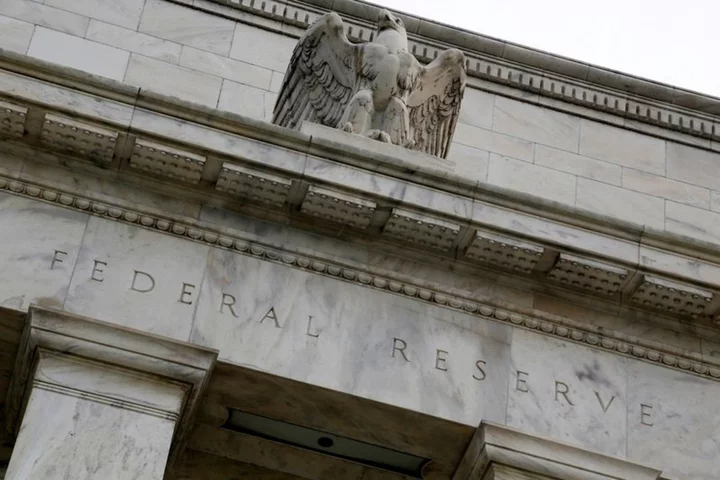The possibility of a US government shutdown has cast a shadow on a market already rife with uncertainty.
Investors say that the government shutdown itself likely won't cause massive damage to stocks. But that doesn't mean smooth sailing for markets.
History supports that cautious optimism: The benchmark S&P 500 index's average performance during government shutdowns has tended to be flat, not accounting for the hours-long shutdown in February 2018, according to data from Strategas Research Partners. During the most recent government shutdown in 2019, the S&P 500 rose more than 10%.
"It really has very little chance of changing [the] direction of the economy and markets," said Steven Wieting, chief investment strategist at Citi Global Wealth.
Economists from Goldman Sachs expect the shutdown to inflict virtually zero harm on US gross domestic product, the broadest measure of the economy. Not that market observers would get that data right away — or really any other economic data — during a shutdown.
That's because a government shutdown would delay the release of economic reports that the data-dependent Federal Reserve uses to chart its battle against inflation. While shutdowns have tended to last roughly a week on average, the most recent one stretched over 34 full days.
The federal government's fiscal year ends on September 30, and its deadline for a new budget agreement is October 1. Between then and the Fed's next meeting that takes place on October 31 and November 1, the September Consumer Price Index report, jobs report and a batch of other economic data are slated for release.
Getting that data late could spook investors looking to gauge the central bank's next move during a pivotal moment in its efforts to tame inflation. Combined with other wild cards that face the market, stocks could experience some volatility in the coming weeks.
"Investors should expect a choppy market from the trifecta of a spike in energy prices, the restart of student loan payments and a looming government shutdown," said Jeffrey Roach, chief economist at LPL Financial.
Already, some pain has ripped through markets. The S&P 500 on Tuesday logged its lowest close since June and fell below the threshold it passed that same month to enter a new bull run. A bull market is commonly defined as when stocks climb more than 20% off their most recent low, in this case last October.
The sweeping sell-off came after the Fed signaled last week that it could hike rates once more this year and delay rolling out rate cuts, in turn stoking fear among investors that more rate increases, along with the lagged effects of hikes already taken, could bludgeon markets and the still-resilient economy.
Stocks cooled their run downward on Wednesday, ending the trading session relatively unchanged. But CNN's Fear & Greed Index slumped to an "Extreme Fear" reading of 25 from a "Neutral" reading of 48 a week earlier, indicating that uncertainty is settling in on Wall Street.
As for what could come for markets after a government shutdown, should one happen? According to data from Ned Davis Research, when a shutdown has lasted longer than nine days, the S&P 500 has on average declined 0.7% in the month following and added 2.8% in the three months after. The S&P 500 has gained 0.5% on average during the month following the end of a shutdown and 1.5% during the period three months after.
Meta's Zuckerberg unveils Quest 3
Meta is moving forward in its efforts to dominate the AR world with the new and improved Meta Quest 3, reports my colleague Jennifer Korn.
Unveiled by CEO Mark Zuckerberg at the company's virtual Meta Connect event Wednesday, the headset starts at $500 and is a complete redesign of earlier models. The Quest 3, first announced in June, offers improved performance, immersive new mixed-reality features and a sleeker, more comfortable design.
With a much stronger processor, higher-resolution display, revamped Touch Plus controllers and a 40% slimmer physique, the Quest 3 is a big step up from its predecessors. The Meta Quest 2 allows for strictly virtual reality, while the Meta Quest Pro has advanced passthrough cameras for seeing your actual surroundings, but it costs a whopping $1,000.
Most importantly, the Quest 3 has support for Meta Reality, allowing users to enjoy mixed-reality experiences that blend the real world with the virtual one — for example, you can play a virtual piano on your real-life coffee table.
Read more here.
Why aren't more women leading US companies? Americans weigh in
Women have made huge strides in business, ascending to the C-suite and the boardroom in record numbers.
But they are still very far from achieving parity with men in securing top corporate jobs in the United States, reports my colleague Jeanne Sahadi.
Women make up half the US population. But they only account for 10.6% of Fortune 500 chief executives, 30.4% of US board members and 32.8% of college and university presidents, according to the Pew Research Center.
Pew decided to ask Americans why they think that is and whether they expect more women to occupy top business roles anytime soon. So they surveyed a nationally representative sampling of US adults.
In response to the question, "Why aren't there more women in top executive business positions?" respondents identified several "major" reasons.
Read more here.









